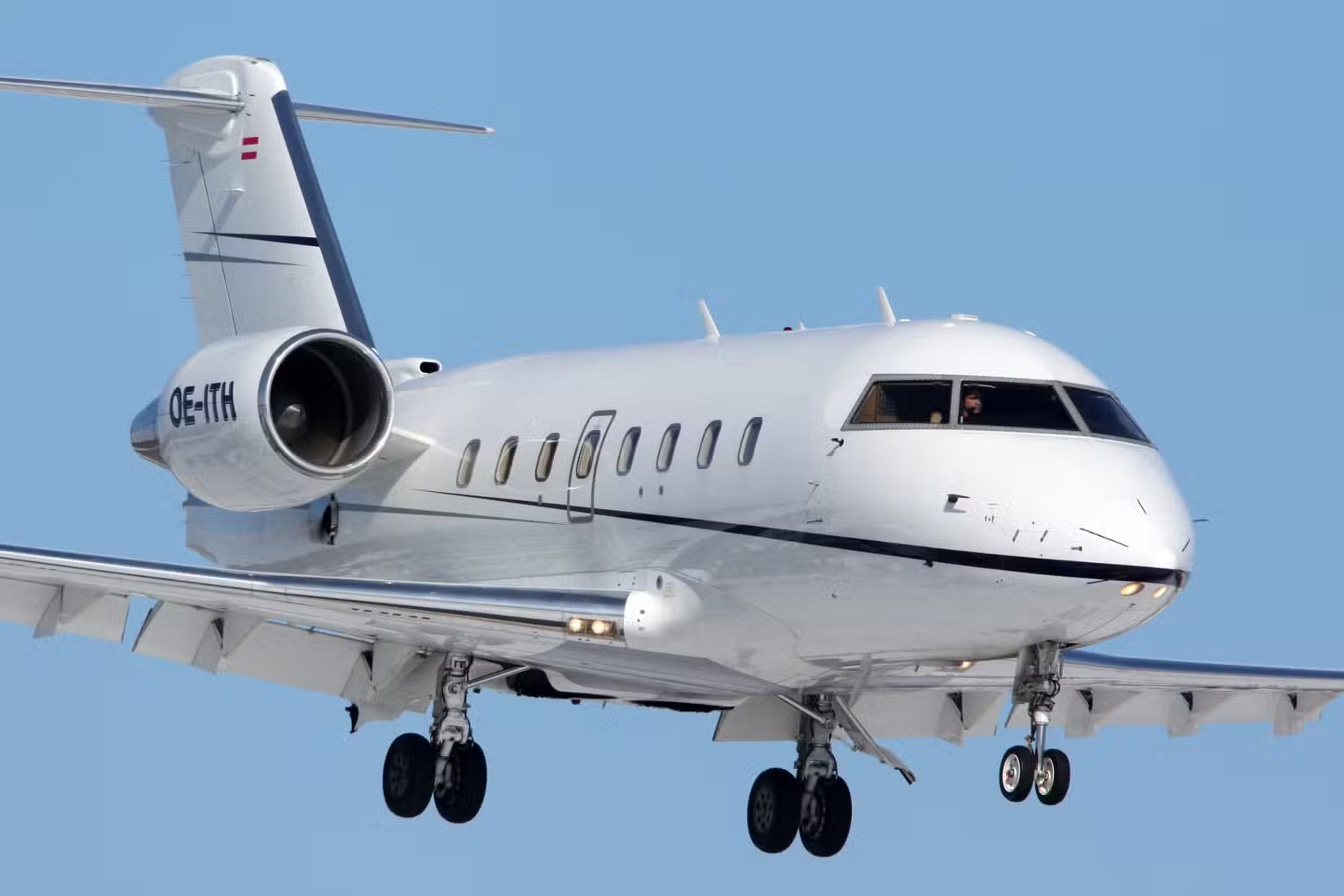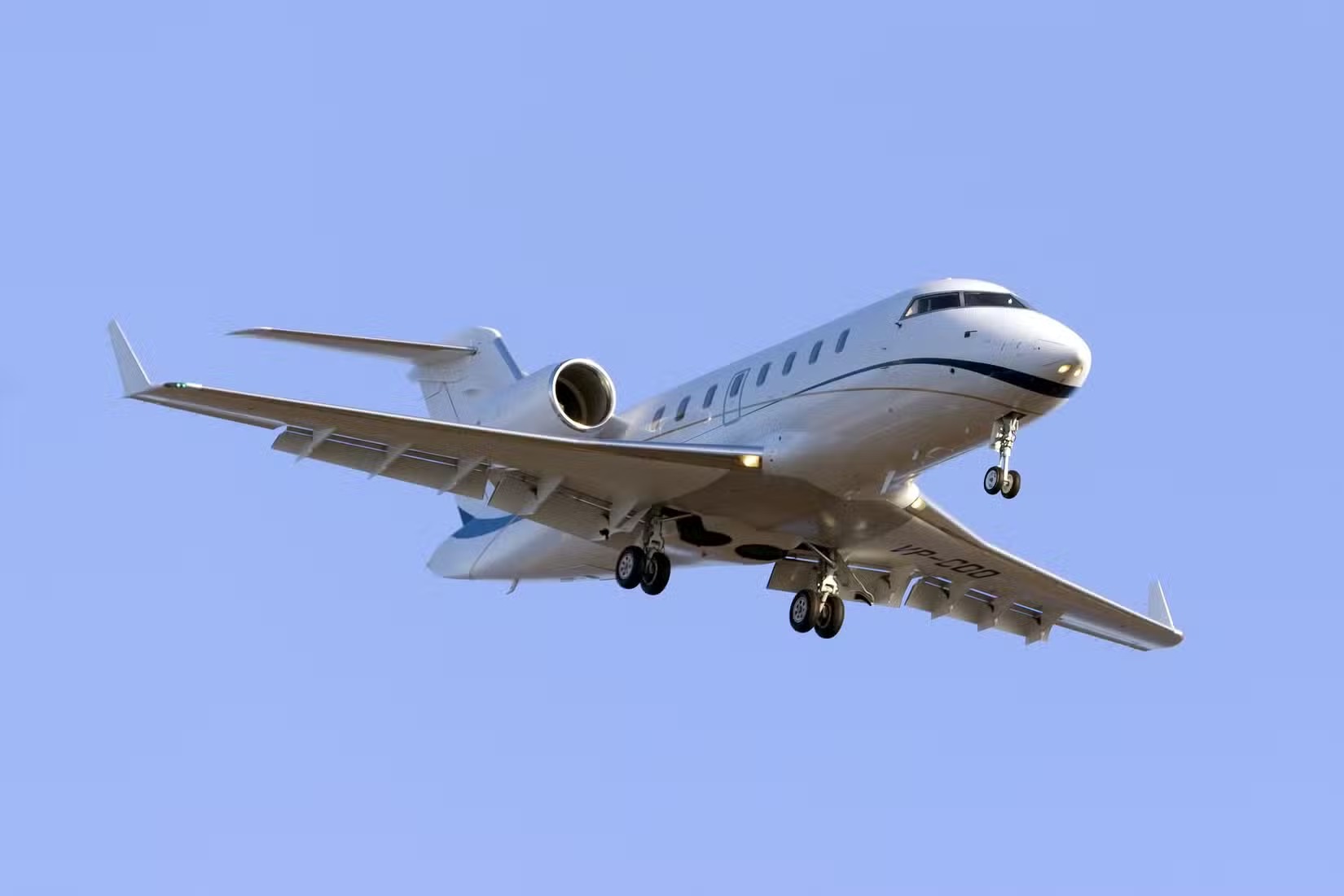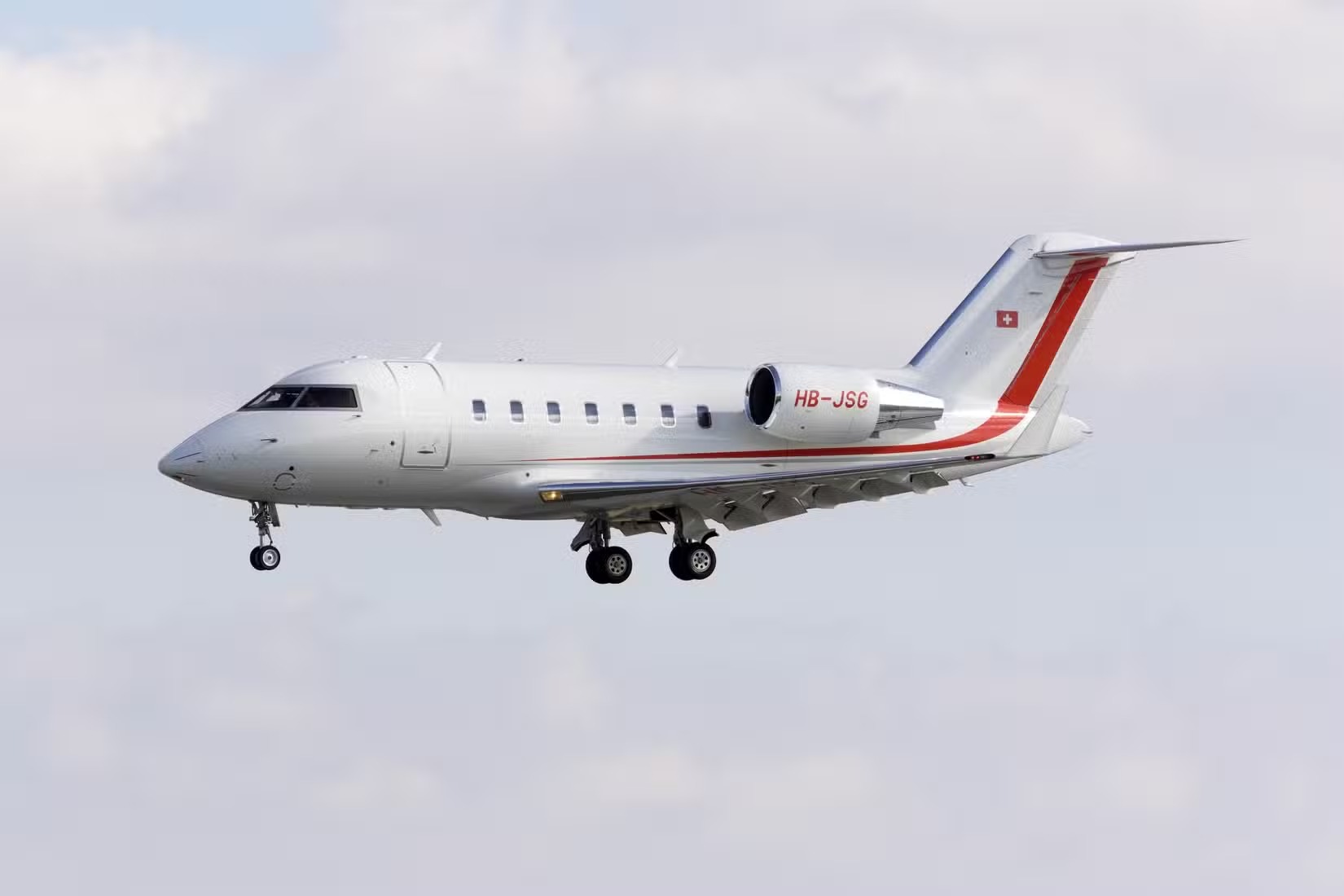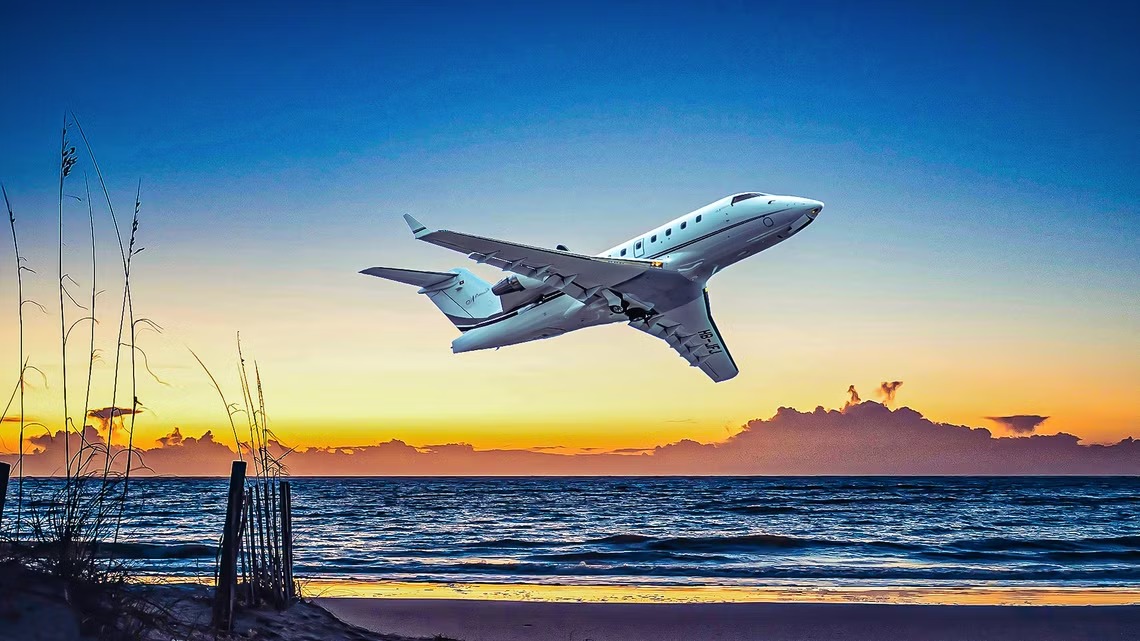Bombardier Aerospace is one of the major aircraft manufacturers in the world. Its innovative and reliable jets provide world-class experience, promising comfort, energy efficiency and safety. Among many features, speed, luxury and utility are also the keywords when it comes to delivering high quality results. With that in mind, the company developed a family of business jets called the Bombardier Challenger 600 series that became one of the most popular jets on the market.
Have you ever wondered what makes these aircraft stand out from the crowd, and how fast they can fly? Let’s have a look at the Bombardier Challenger 600 series (600/601/604/605/650).

Photo | Fasttailwind | Shutterstock
Models of jets
Jets are meant to operate at high-speed cruising and these prototypes kept their word. The series encompasses a range of models, including the Challenger 601, Challenger 604, Challenger 605, and the last prototype, Challenger 650, each offering different proficiency.
- Maximum speed: Mach 0.80
- Range: 4,600 miles (7,400 km)
- Takeoff: 5,640 ft (1,720 m)
- Landing: 2,402 ft (732 m)
The Bombardier Challenger 601 is a more developed version. Thanks to its advanced winglets, the aircraft could reduce drag and develop its lift capacity. Powered by a General Electric CF34 turbofan engine, it is composed of advanced blended materials that reduced the overall weight, improved fuel efficiency, increased the aircraft’s strength, and limited maintenance costs. Some features have been enhanced, such as an ultra-modern avionics system, an advanced autopilot, and intensified cockpit display.
- Maximum speed: Mach 0.85
- Range: 3,380 miles (5,439 km)
- Takeoff: 5,400 ft (1,645 m)
- Landing: 2,750 ft (838 m)
The Bombardier 604 is equipped with two General Electric CF34-3B turbofan engines, each providing 8,729 lbs thrust at take-off. Inside, Collins ProLine 4 avionics configure the glass cockpit, with multiple screens, flight director systems, and all-digital air data computers. More than 300 models were produced, becoming the bestselling jet, until the end of its days in 2006.
- Maximum speed: Mach 0.80
- Range: 2,230 m (3,588 km)
- Takeoff: 5,840 ft (1,780 m)
- Landing: 2,358 ft (719 m)

Photo | InsectWorld | Shutterstock
Manufactured between 2006 and 2016, the Bombardier Challenger 605 stands out from the crowd thanks to its improved Pro Line 21 avionics suite that ensures better and more precise navigation and flight management. The aircraft, with an extended range of 4,000 NM, can perform long-distance flights and stay in the air for up to six hours, becoming a first choice for international trips.
Moreover, the GPS system and the inertial reference units secure reliability and a prime arial awareness. For more comfort, larger screens have been installed to allow more light to come in, and the seats have been renovated.
- Maximum speed: Mach 0.80
- Range: 4,603 miles (7,491km)
- Takeoff: 5,840 ft (1,780 m)
- Landing: 2,360 ft (719 m)
The last one of the family, the Bombardier Challenger 650, is the result of state-of-the-art technology that led to a higher level of performance and cockpit innovation. Increased cruising speed, fuel efficiency and range are what best characterize this new model. Powered by Rolls-Royce engines, the aircraft can speed up to 652 mph. Pilots can better navigate through a modern Vision Flight Deck that features a Synthetic Vision System (SVS), as well as up-to-date avionics systems.
This new prototype is also the winning choice among clients thanks to its reliability and safety, provided by datalink weather services and maintenance solutions.
- Maximum speed: Mach 0.85
- Range: 4,643 miles
- Takeoff: 5,640 ft (1,719 m)
- Landing: 2,402 ft (732 m)

Photo | InsectWorld | Shutterstock
Brief history of the Bombardier Challenger 600 series
In 1975, Canadair funded the development of the first child of the aircraft family that, back then, was named LearStar 600. In 1977, it changed its name to Bombardier 600 after Bill Lear was cut off from involvement in this project. The first prototype was launched in 1987 along with its maiden flight. Following Canadair’s bankruptcy, Bombardier stepped in and bought the aircraft.
Around the early 1980s, a second variant was announced, the Challenger 601. The decision to adopt a new type of engine, the General Electric CF34 turbofan engine, was a turning point for the company, which saw an increase in sales. Thanks to this positive outcome, Bombardier committed to evolving new models and saw the production of Challenger 604, 605 and 650. Along with the models of the family, the company also developed further aircraft like the Bombardier Global Express and the regional airline Bombardier CRJ100 series.
Source: Simple Flying

Warning: Illegal string offset 'cookies' in /home/u623323914/domains/eng.bayviet.com.vn/public_html/wp-includes/comment-template.php on line 2564